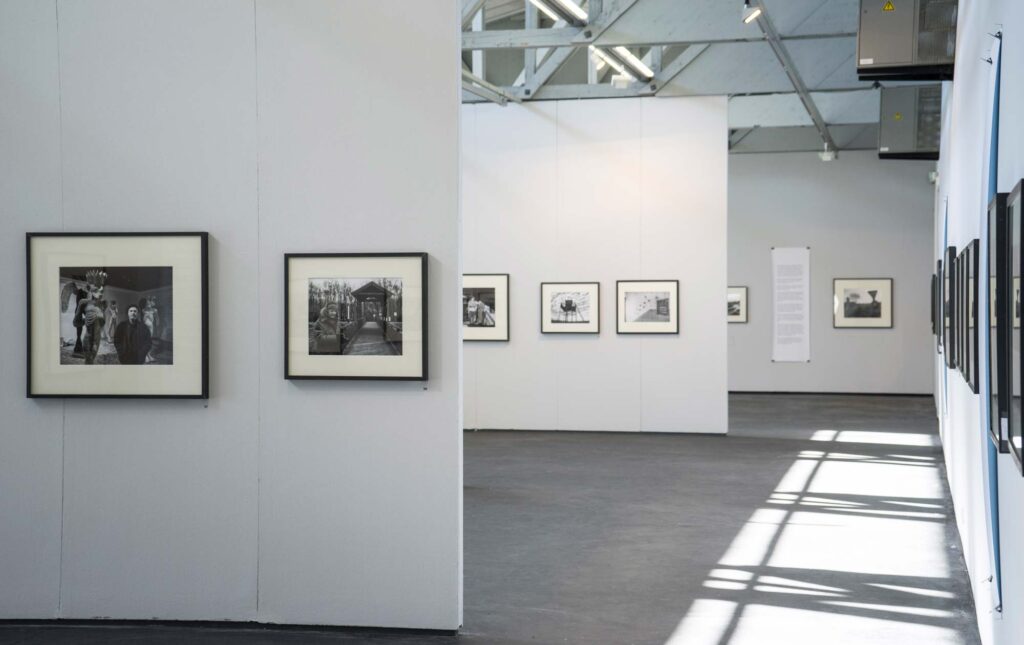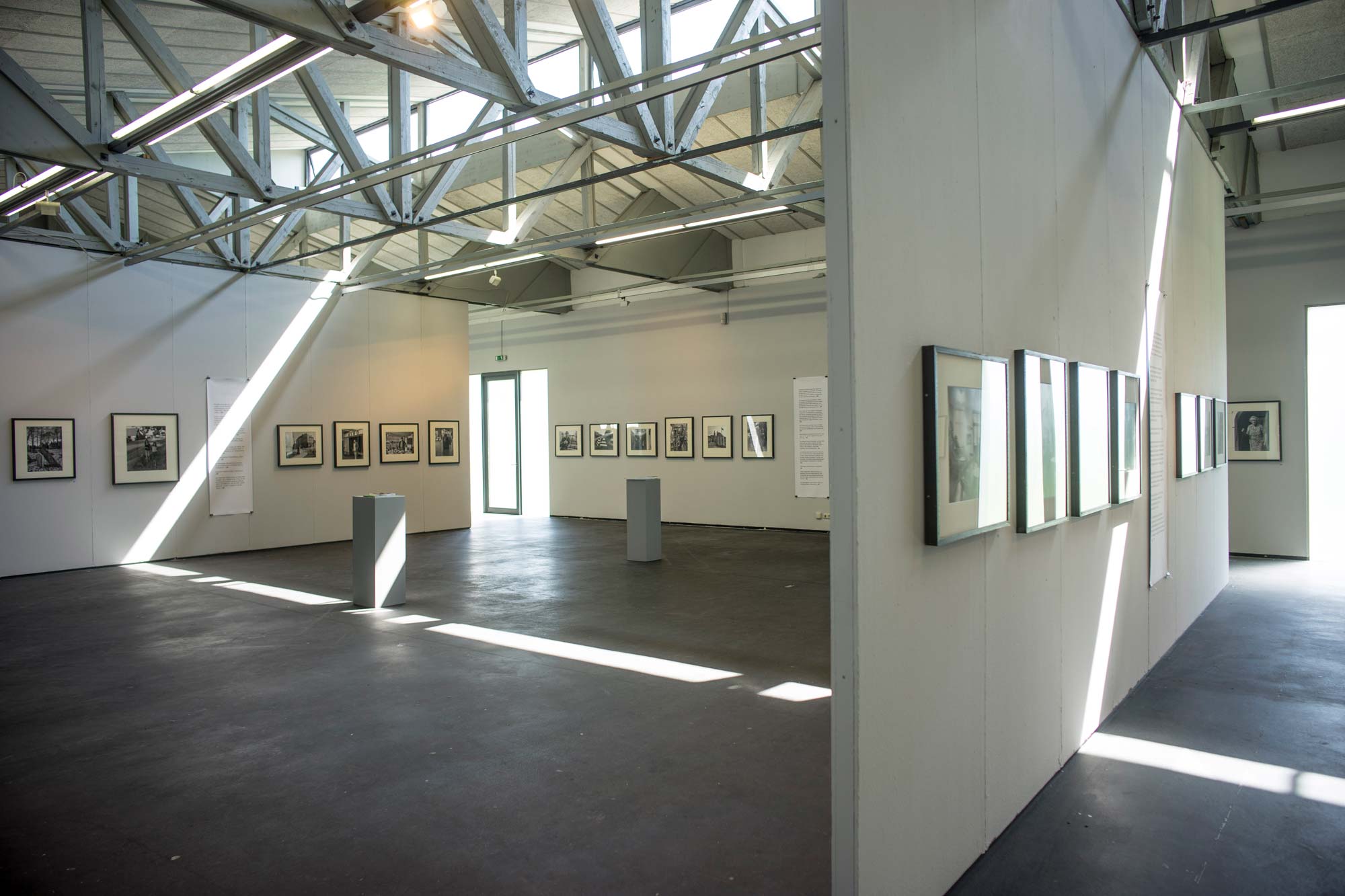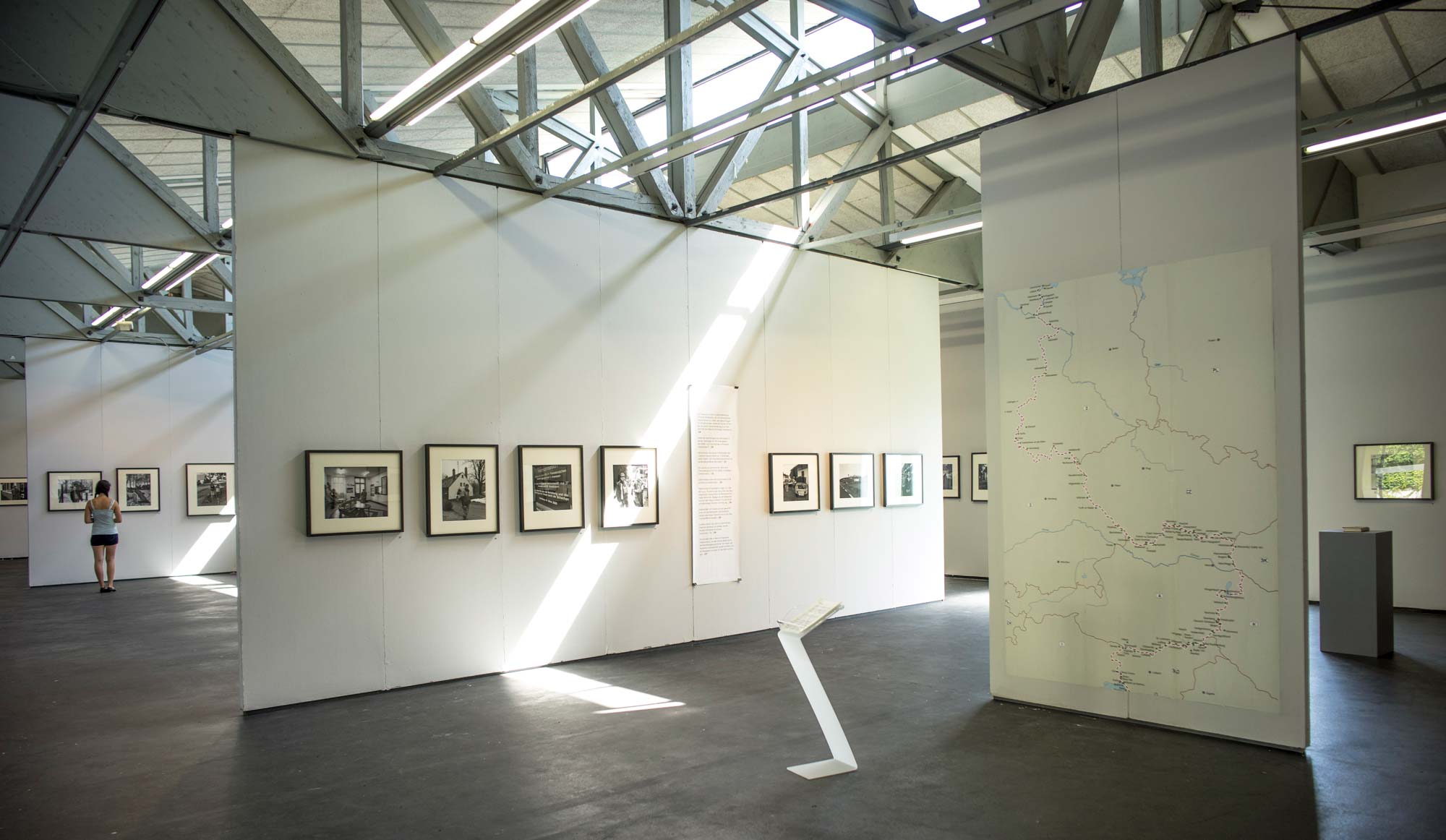Kurt Kaindl
Reisen im Niemandsland
In 1989, the Iron Curtain fell. Today, 25 years later, the following generation has hardly any idea of the significance of this border and, above all, of the great influence of its disappearance on European development.
Kurt Kaindl’s photo reportage geographically follows the inner-European borderline from Lübeck to Trieste. He started this project at the suggestion of the “Federal Ministry for European and International Affairs“ (BMEIA) in 2008 and has continued it to the present. From “both sides“ – from the East and the West – he approaches the (former) border and presents the special atmosphere photographically: The landscape created by the extensive no-man’s land, the remaining but also destroyed settlements and, above all, the people who still live or are now only just returning to live along this border.

The large-format classic black-and-white photographs are complemented by detailed picture texts that give clues to the life stories and thus explain the connection of the present with the past. There are photos of weathered wooden sculptures on the way to the famous bridge of Andau on the Hungarian border, which in their now almost destroyed state give us an inkling of the dramatic events of 25 years ago. We are encouraged by the image of a ferryman steering a bicycle ferry across the Mura River, paid for jointly by the two adjacent communities in Austria and Slovenia. In another picture, Robert Ospald, who became famous in 1986 for his daredevil escape, presents in a Viennese café the rope gondola he built himself and used to escape to Austria via the power lines from the former CSSR. In the case of the writer Martin Leidenfrost, the experiment of “living in a prefabricated housing estate“ near Bratislava on behalf of a newspaper has turned into a permanent stay. Today, the old farmer stands in front of a border stone of the Iron Curtain, which at the time ran right through the middle of his homestead.
The photographs of Kurt Kaindl are images of the present, which through their selection and design are also an interpretation of history and in which a possible future is always visible. They combine the documentary power of press photography with the poetic approach of the artist.

